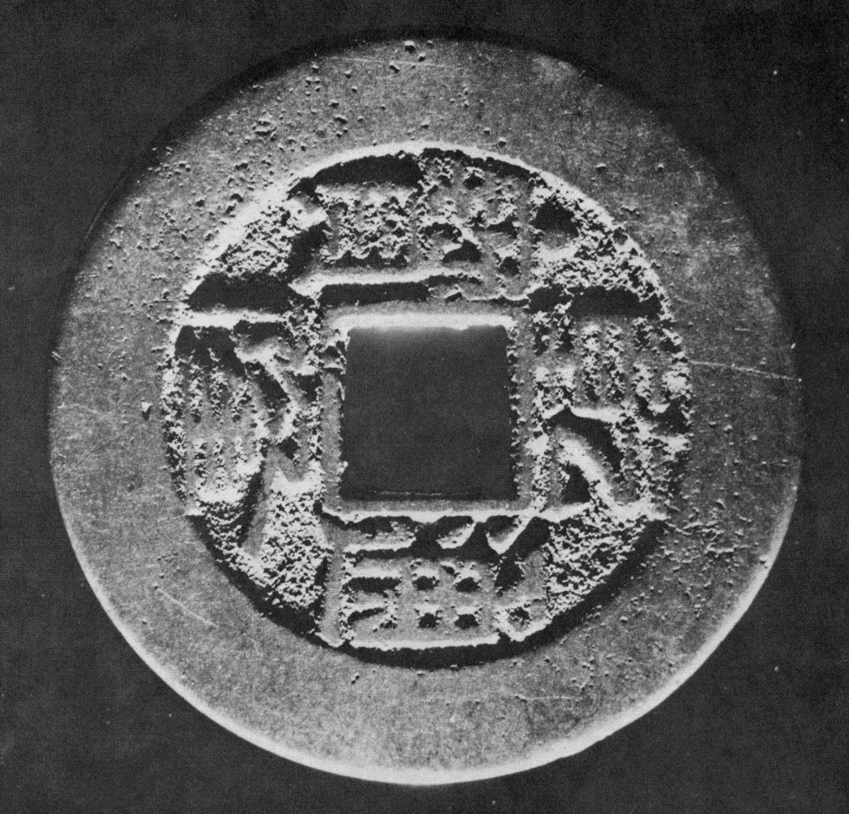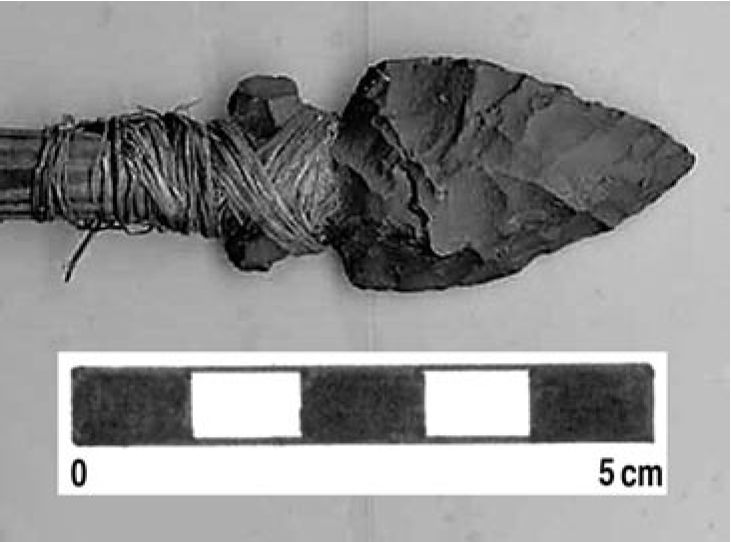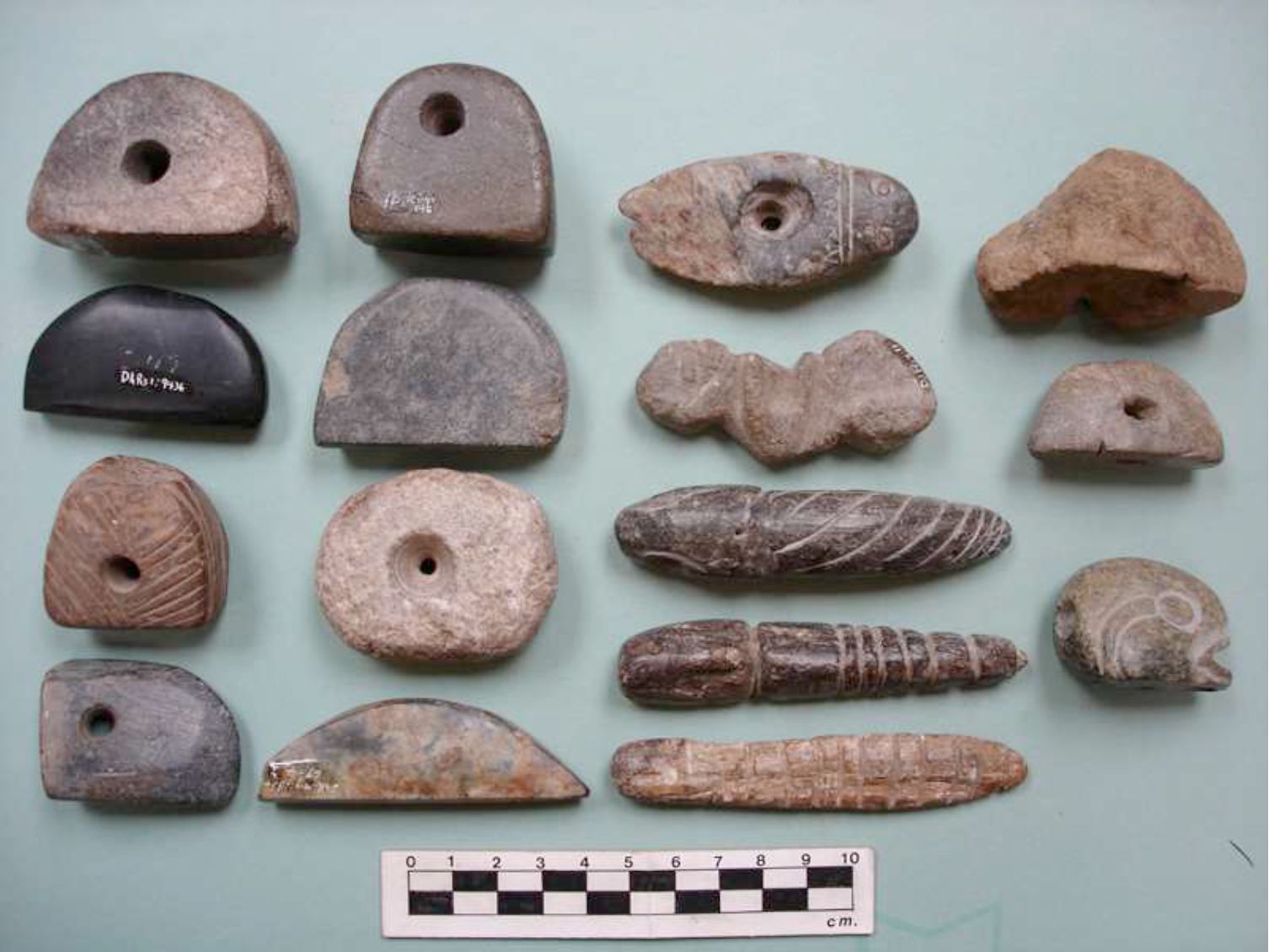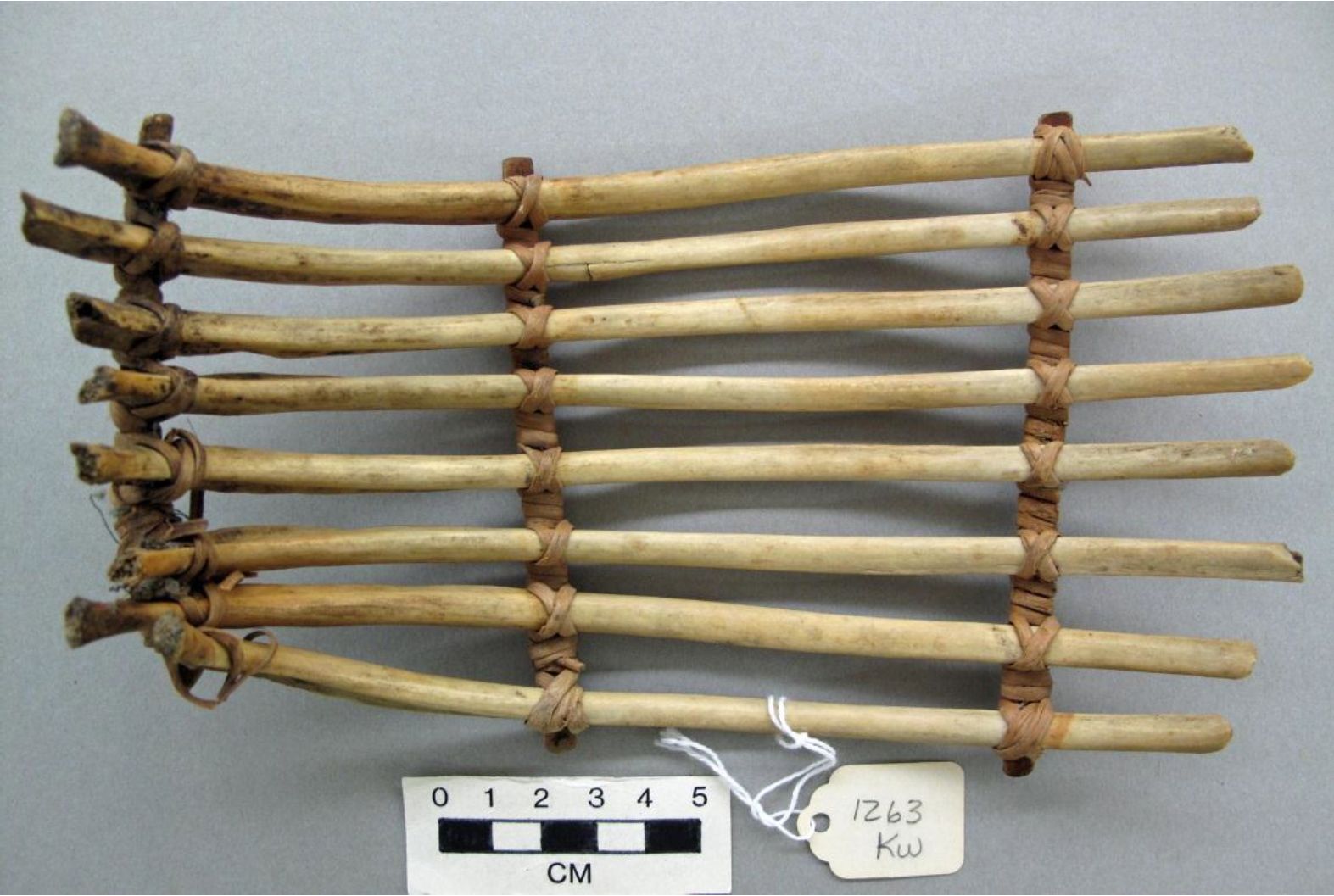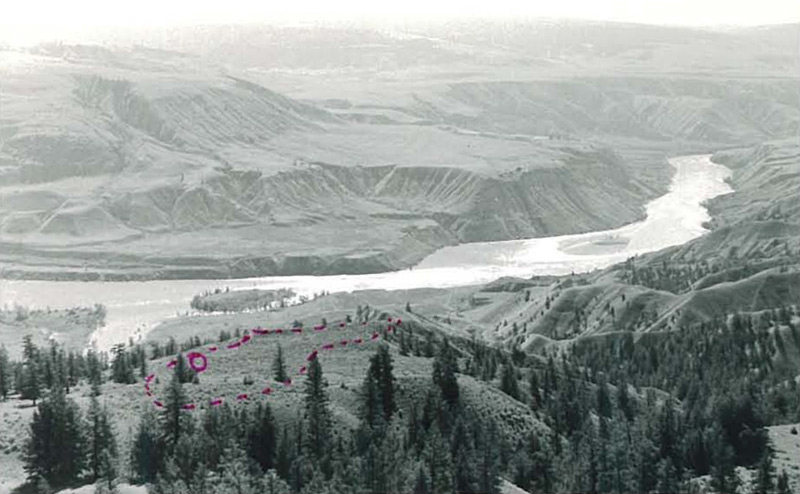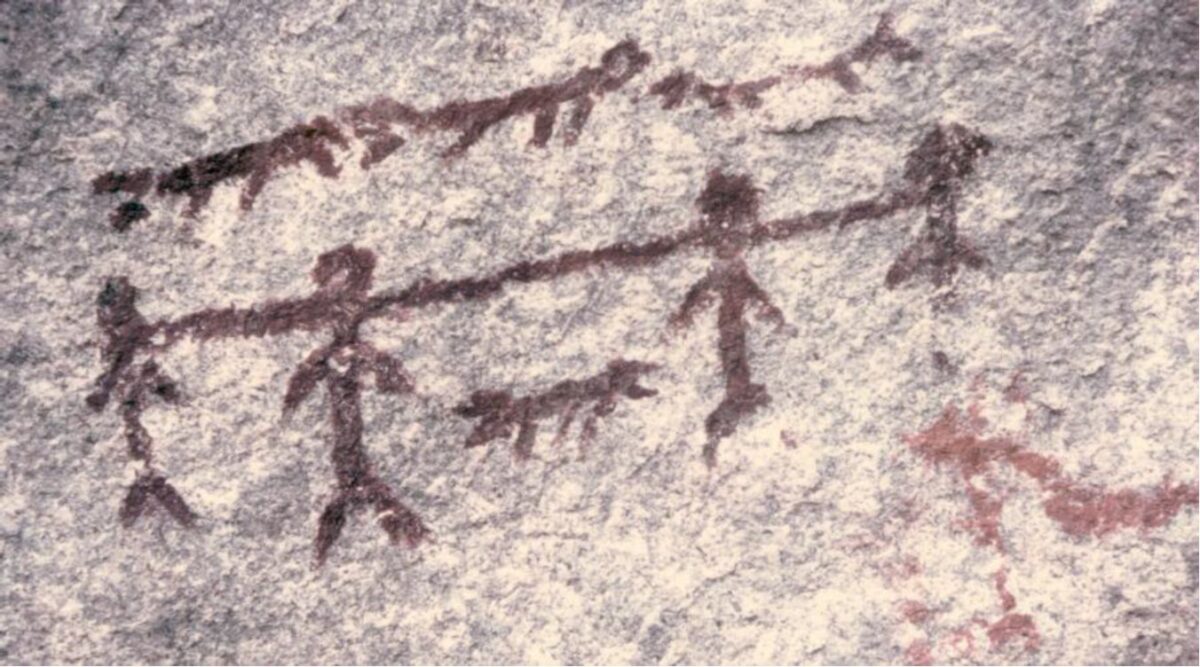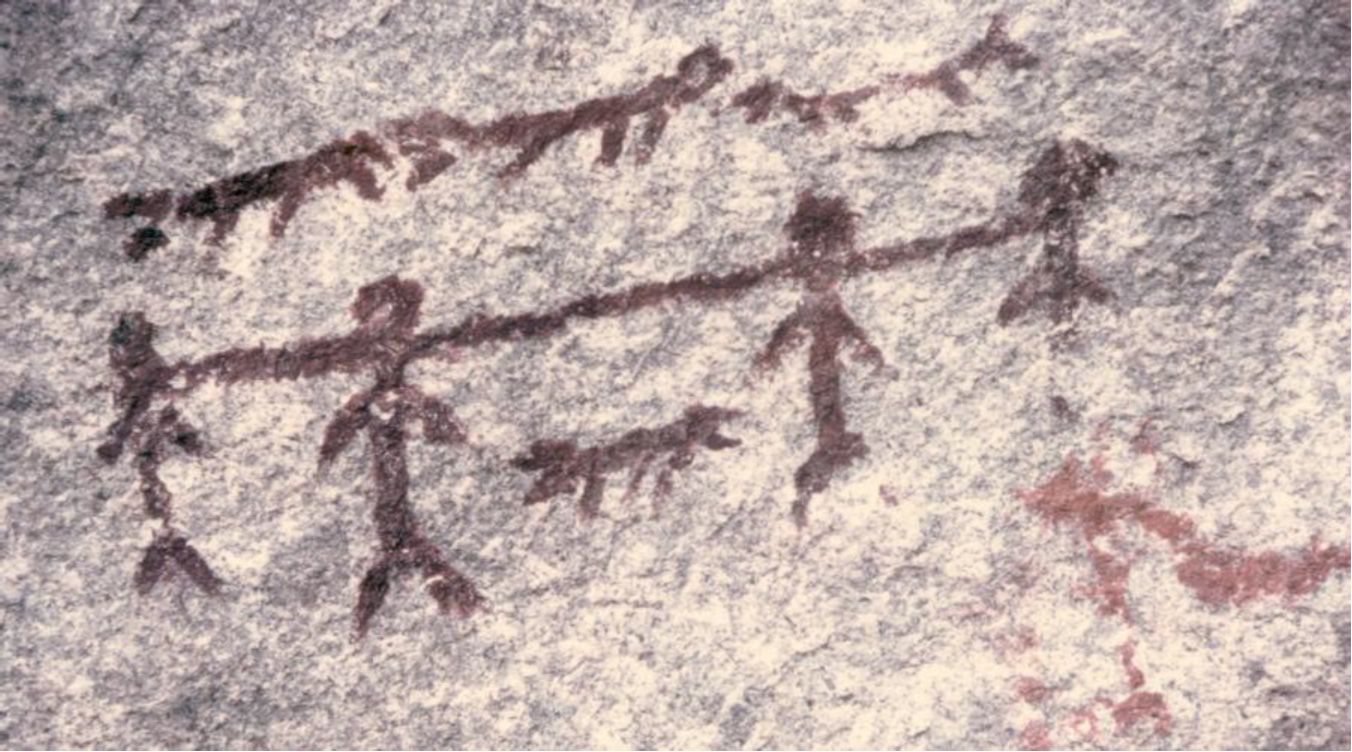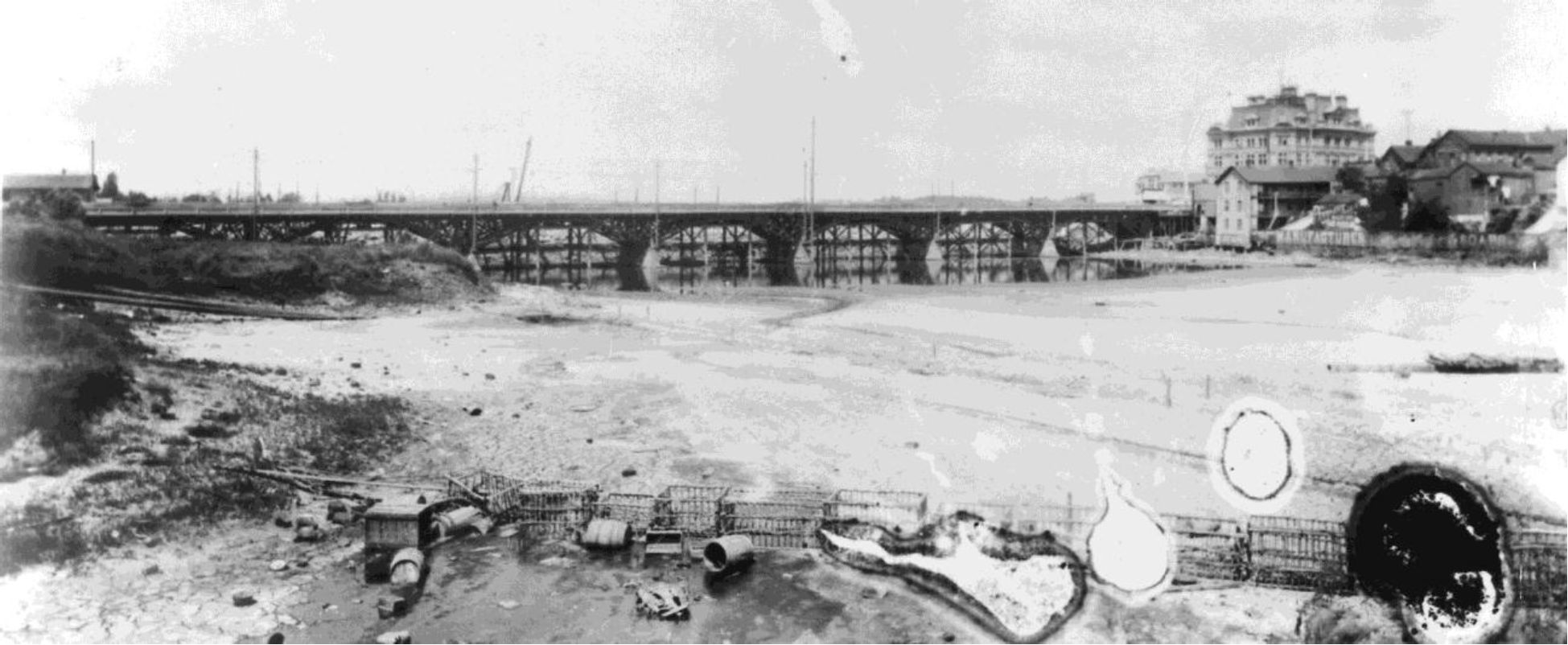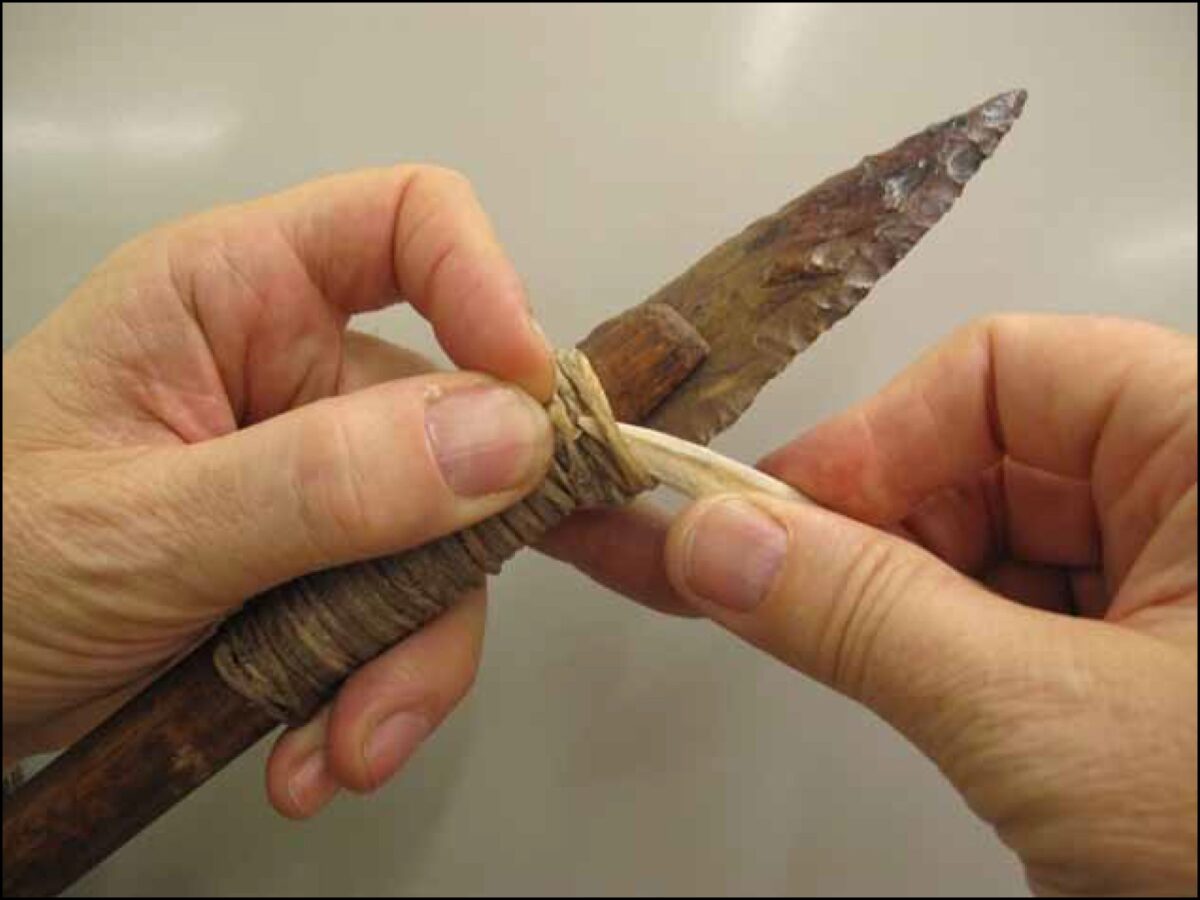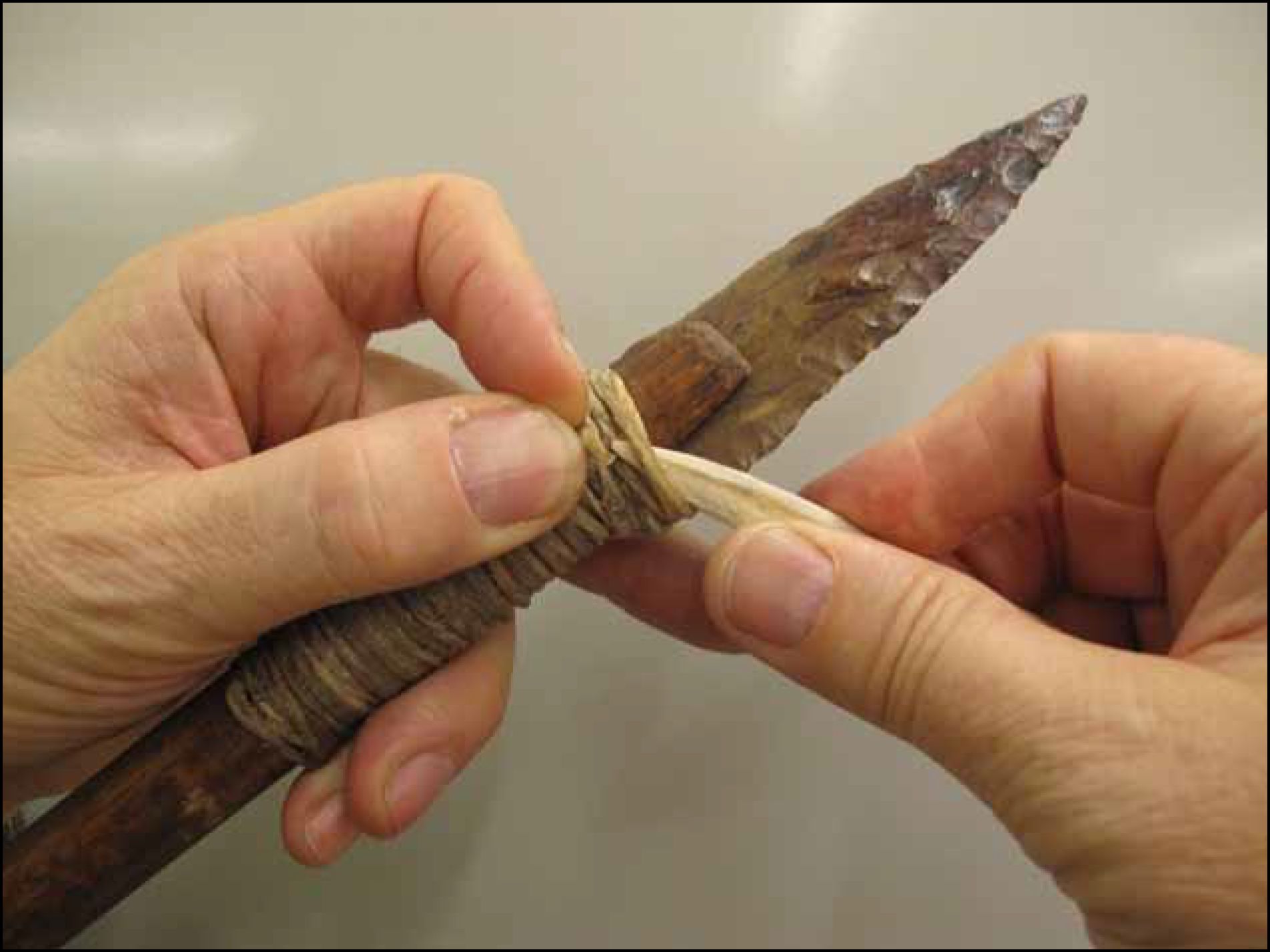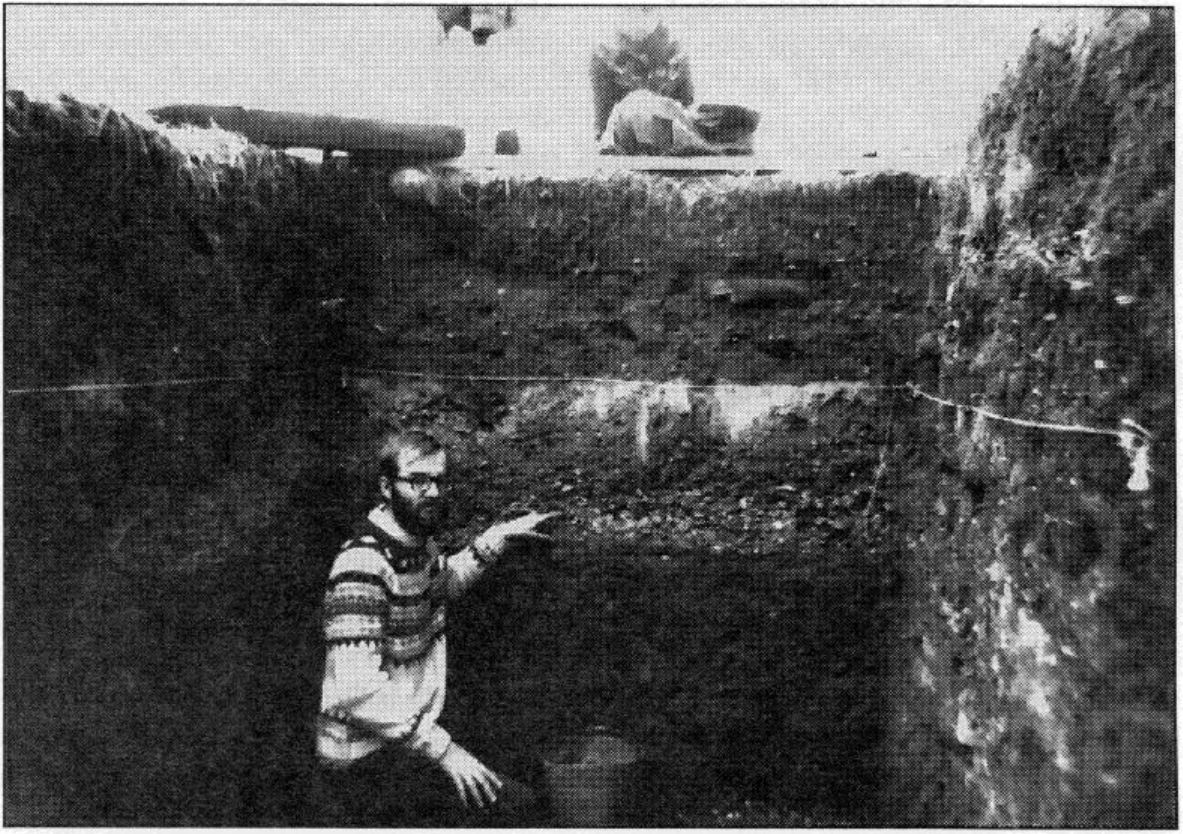
Originally Published in The Midden, 24(3), 3-4. 1992. By Grant Keddie One of the things I find intriguing is the attempts some archaeologists make in trying to fit an artifact collection that is obviously too small, into poorly supported cultural phases. One or two widely divergent radiocarbon dates from a site serve as evidence for a continuous occupation of several thousand years. We seem to be preoccupied with having to fit everything into a nice neat evolutionary scheme when, in fact, human cultures rarely follow such continuous sequencing in environmentally rich areas. In the Gulf of Georgia it is most likely that a diversity of cultures moved from different directions, at different times, to merge with and/or displace each other over … Continue reading “Cultural Change in the Gulf of Georgia. Asking the Right Questions”
